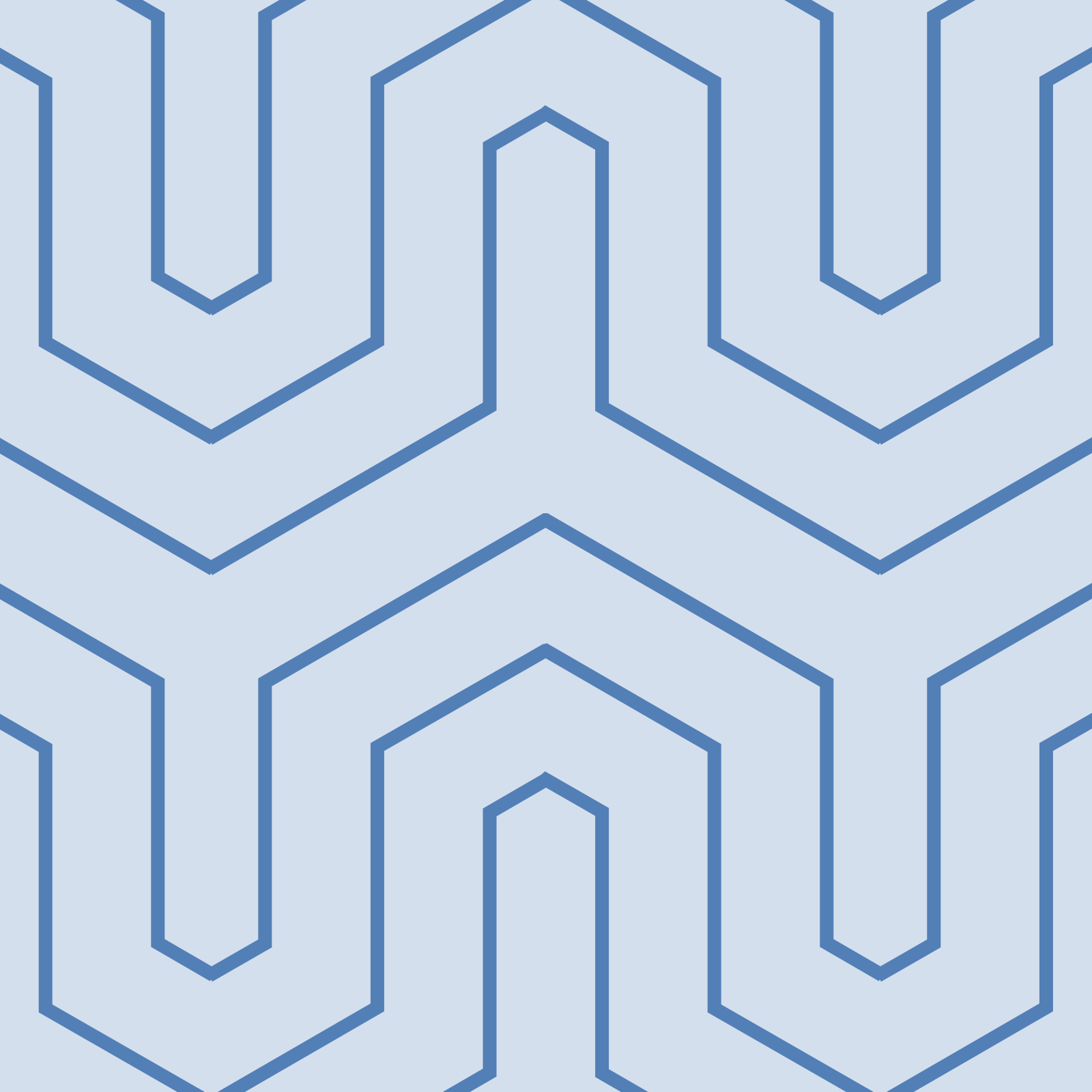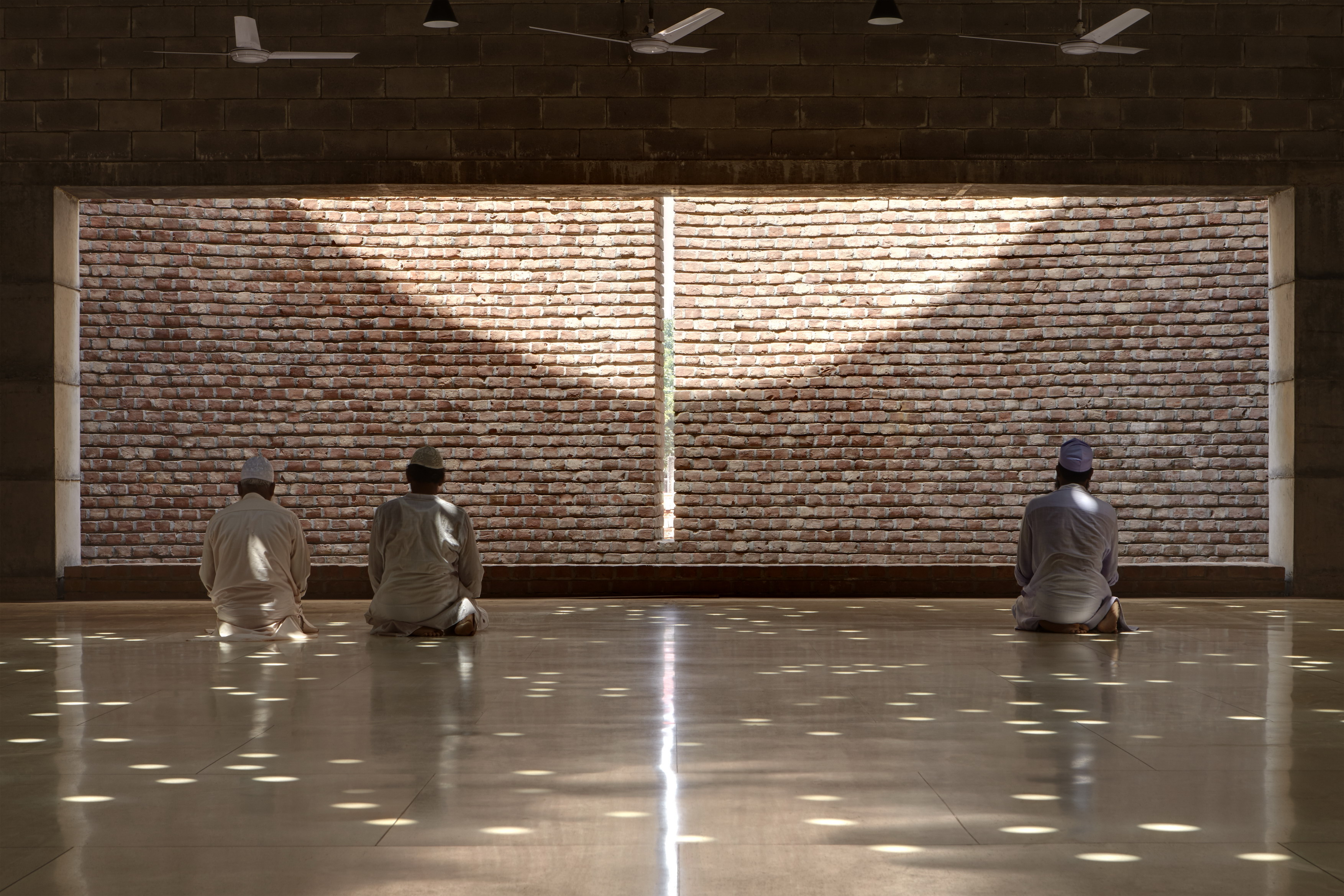Big money, big opportunities: Islamic art and design awards you should know about
Photo: Interior of the Bait Ur Rouf Mosque, Dhaka, Bangladesh, one of the winning projects of the Aga Khan Award for Architecture 2016. AKTC / Rajesh Vora
Big money, big opportunities: Salaam Gateway considers some of the most interesting awards for contemporary Islamic art and design.
Last year, the English artist Helen Marten won two of the UK’s biggest art awards within a month of each other, and split the combined 30,000 British pound ($37,500) Hepworth Prize for Sculpture and 25,000 pound Turner Prize winnings with her fellow nominees. Following her Turner Prize acceptance speech, she disparaged the practice of ranking artists in this way: “There should never be a hierarchy presented in the cultural sector which says ‘I privilege this thing over another’ because that’s not what we’re doing.”
In many ways, Marten is right: such sums of money are incredibly rare in the art world, and once somebody has won a prize of a certain calibre, they are inaugurated into the art establishment, a world that bears little resemblance to the experience of many artists struggling for recognition.

Photo: Artist Helen Marten makes a speech after being announced as the winner of the Turner Prize at the Tate Gallery in London, December 5, 2016. REUTERS/Eddie Keogh
They speak to many of a detached arena of elites, debating lofty and referential conceptual art that the average gallery visitor often finds alienating. Art prizes are accused as often for their populism as for their elitism: competitions are likely to be privately-funded, often used as a ‘coolness cache’ for companies hoping to offset a fusty corporate image, and thereby risking a conflict of interest, perhaps through an incentive to promote a certain kind of artwork to complement the image they are trying to cultivate.
Importantly, however, during times of economic decline, when public funds are rarely spared for cultural investment, the financial aspect of art awards provides a crucial opportunity to be paid for work.
Different prizes and opportunities are available for artists at various stages in their career: a platform for emerging artists, or artists from under-represented genres or regions, such as Islamic art. These have the potential to foster a deeper cultural understanding among communities, especially in a climate where people of Middle Eastern and/or Muslim backgrounds are made to feel unwelcome.
The eight awards below, listed in alphabetical order, offer some of the most significant opportunities for exposure and financial reward, either for artists from the Middle East, or for artists inspired by Islamic art and design practice.
| 1. The Abraaj Group Art Prize |
Funded by the Dubai-based private equity investor The Abraaj Group, this $100,000 award seeks to recognise artists from the Middle East, North Africa and South Asia. Currently in its ninth edition, the prize money funds a new commission to be exhibited at the subsequent ArtDubai fair.
Past winners include Basel Abbas and Ruanne Abou-Rahme (2016), Yto Barrada (2015) and Abbas Akhavan (2014), and this year’s winner, Bangladeshi-born Rana Begum, was one of an all-women shortlist, each of whom will win $10,000 to fund an independent project.
Certainly one of the most lucrative current prizes, The Abraaj Group Art Prize also exemplifies some concerns that art prize critics levy most frequently; that prizes, when judged in a commercial setting, lose credibility, as they perhaps begin to serve market interests before creative concerns. Indeed, Abraaj’s statement on the prize is unapologetically corporate: “The prize reflects Abraaj’s own investment philosophy, which is to take viable businesses with great potential, and create regional and global champions.”
Such an analogy may appear to jar with the idea of a creative industry, but in fact lays bare a truth about the contemporary art world that few galleries and institutions are willing to so plainly admit.
| 2. Aga Khan Award for Architecture |
Held every three years, the Aga Khan Award “seeks to identify and encourage building concepts that successfully address the needs and aspirations of societies across the world, in which Muslims have a significant presence.” The prize is supported by the Aga Khan Trust for Culture (AKTC), which also incorporates the Aga Khan Museum in Toronto, a Music Initiative and Historic Cities Programme.
The prize fund totals $1,000,000, and since the award formed in 1970, it has selected 110 projects for recognition.
The winning projects for 2016 included Bait Ur Rouf Mosque, Dhaka (Architect: Marina Tabassum) Friendship Centre, Gaibandha (Architect: Kashef Chowdhury / URBANA), Hutong Children’s Library and Art Centre, Beijing (Architect: ZAO / standardarchitecture / Zhang Ke), Superkilen, Copenhagen (Architects: BIG – Bjarke Ingels Group, Topotek 1 and Superflex), Tabiat Pedestrian Bridge, Tehran (Architect: Diba Tensile Architecture / Leila Araghian, Alireza Behzadi), Issam Fares Institute, Beirut (Architect: Zaha Hadid Architects).

Photo: Superkilen - a public park in the Norrebro district of Copenhagen, Denmark on September 7, 2012. The park was one of the winning projects for the 2016 Aga Khan Award for Architecture/ Forgemind ArchiMedia / CC BY 2.0
| 3. AM Qattan Foundation Young Artist of the Year Award |
Launched in 2000, this biennial award – organised by the AM Qattan Foundation’s Culture and Arts Programme in the Occupied West Bank city of Ramallah – is open to artists under 30 of Palestinian descent, from any part of the world.
Since 2012, the shortlisted nominees have exhibited in a group show at London’s Mosaic Rooms, a venue itself an arm of the AM Qattan Cultural and Arts Programme, and dedicated to the promotion of Arab arts.
Curated by Nat Muller, 2016’s exhibition, Pattern Recognition, aims to “look at how ‘repetition’ can be used as a strategy to explore the grey zones between fact and fiction, original and copy, ruin and repair. These are pressures that in some form or other Palestinians deal with on a daily basis.” This year’s winning piece, by Inas Halabi, is a video work that examines a personal story told through the eyes of several narrators, thereby exposing the blurring of myth and memory. Since 2010, the Foundation has also held a Young Writer Award.
| 4. The Art Mill International Design Competition |
Qatar has a reputation for grandiose – and often controversial – constructions through contracts with big-name architects, including I.M. Pei, Jean Nouvel, and the late Zaha Hadid. The Art Mill International Design Competition is the Qatar Museums’ search for the country’s proposed art gallery The Art Mill, which will be built on the present site of Qatar Flour Mills. Proposed at around 83,500 square metres, the competition offers a truly gigantic opportunity for an architecture practice to approach this contract.
The shortlist, announced in April 2016, includes Adam Khan Architects (UK), Atelier Bow-Wow (Japan), EAA Emre Arolat Architecture (Turkey), Elemental (Chile), junya.ishigami + associates (Japan), Mangado & Asociados (Spain), Renzo Piano Building Workshop (Italy), and Rice+Lipka Architects (US). The winner is due to be announced in March 2017.
| 5. IRCICA International Calligraphy Competition |
This award revels in the endurance of traditional practice; alongside awards for Quran memorisation, the Turkey-based Research Centre For Islamic History, Art and Culture organises the prize roughly every two years. The centre started in 1980 under the auspices of the then-Organisation of Islamic Conference (OIC, later renamed Organisation of Islamic Cooperation).
Each award is dedicated to a prominent calligrapher, and 2016’s tenth instalment of the award distributed $137,000 to a total of 66 prizes and mentions within eleven categories of writing styles, as decided by a jury panel.
Thoroughly immersed in its effort to preserve calligraphy in its orthodox form, IRCICA states, “The purpose of this international competition is to revive and promote the classical art of Islamic calligraphy. Thus, it aims to encourage artists of Islamic calligraphy to produce works remaining within the framework of the traditional spirit and rules and to protect it from trends which emerged outside of the classical principles.”
| 6. Jameel Prize |
Held every two years, London’s Victoria & Albert Museum established this international prize in 2009, and awards the winner 25,000 British pounds. Open to artists from any nationality, ethnicity or religion, the award offers a contemporary foil to the museum’s venerated collection of Islamic and Middle Eastern Art, housed in its Jameel Gallery.
The most recent award, 2016’s Jameel Prize 4, was held at an external venue for the first time, in Istanbul’s Pera Museum. The winner was Ghulam Mohammad, whose intensely intricate process is as integral to his practice as the resulting paper collages. Past winners include the design duo Dice Kayek (2013), the multimedia artist Rachid Koraïchi (2011) and the sculptor Afruz Amighi (2009). Recently, the scope of the award has expanded significantly, and since 2016, incorporates a residency programme.

Photo: Ghulam Mohammad, winner of the Jameel Prize 4 / Suna and Inan Kirac Foundation, Pera Museum, Istanbul, Turkey
| 7. The Sheikha Manal Young Artist Award |
First launched in 2006 as a biannual visual arts competition that “aims to encourage, recognise and promote emerging artists from the UAE,” the Sheikha Manal Young Artist Award celebrates artists across five discrete categories: Architecture, Fine Art, Photography, Multimedia, and Design.
Sheikha Manal is president of the Dubai Women Establishment and was made president of the UAE Gender Balance Council in 2015. From the ruling royal family, she is the wife of Sheikh Mansour bin Zayed Al Nahyan, the deputy prime minister and minister of presidential affairs of the UAE.
With a generous yet slightly complicated prize structure, a total of 570,000 Emirati dirhams ($155,000) are distributed to first, second and third place winners in each category, alongside further categories for People’s Choice and Group Submissions.
A panel of UAE-based and international judges select from a final pool of fifty entrants. Artists should not have participated in a major exhibition before tendering work, and must submit via online registration.
| 8. Sovereign Middle East and African Art Prize |
The Sovereign Art Foundation (SAF) was in fact conceived and established in 2003 by UK-born art collector Howard Bilton, with the dual aim of raising the profile of mid-career Asian artists, whilst also raising money for disadvantaged children across Asia.
Today, SAF finances several art prizes globally, including for the Middle East and North Africa – this prize, in its inaugural instalment, also helps to fund START, a not-for-profit organisation running art therapy-based workshops for refugees and children with special needs across the MENA region. In this case, artists do not respond to an open call, but instead must be nominated by a select committee for judgement.
The first prize winner receives $30,000, and finalists’ works will be showcased and auctioned to an audience of art patrons, collectors and charity supporters. The artists receive 40 percent of the funds raised, with the remaining 60 percent donated to charity.
© SalaamGateway.com 2017 All Rights Reserved

Siobhan Forshaw